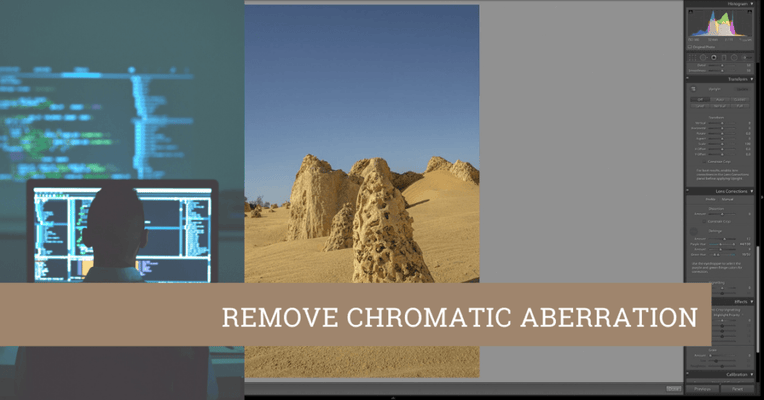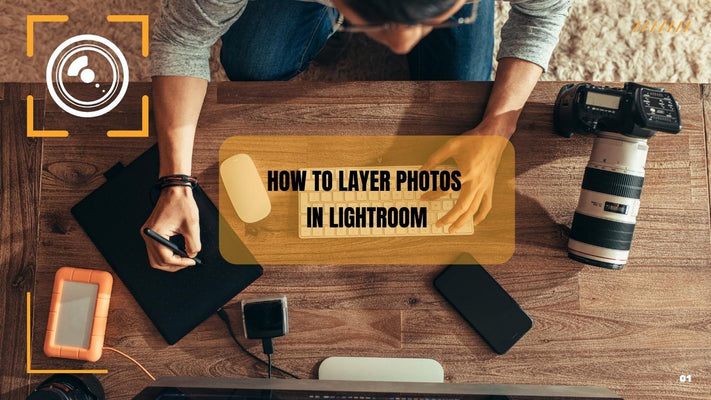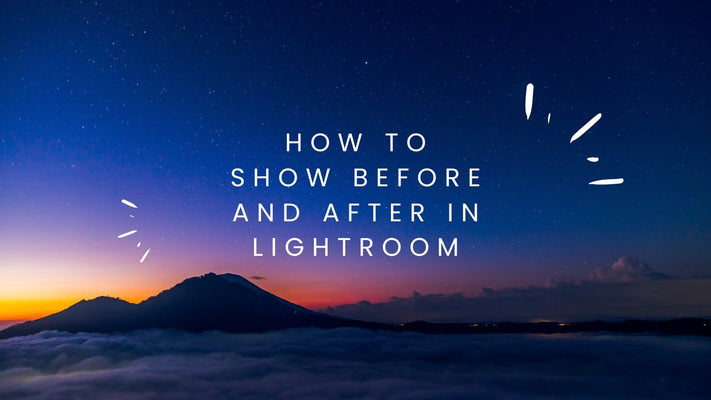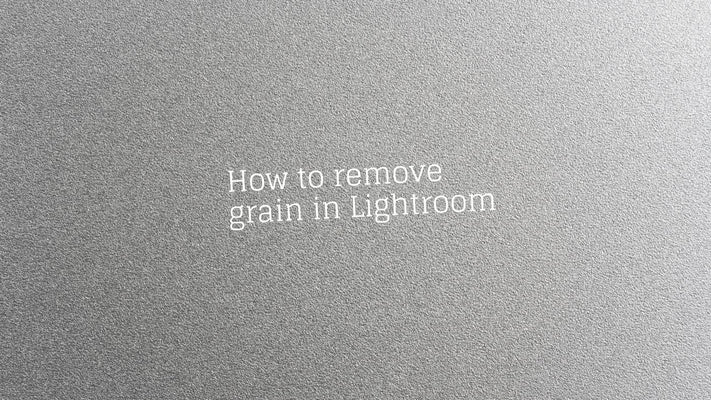How to export photos from Lightroom without losing quality
Ensuring Optimal Quality: How to Export Photos from Lightroom Without Losing Quality
Adobe Lightroom is renowned among photographers for its robust editing capabilities and streamlined workflow. But once the editing is complete, the final step is to export your images for use outside of Lightroom. This article will guide you through the process of exporting photos from Lightroom without losing quality, ensuring your images look their best no matter where they're displayed.
Understanding Export Settings
Exporting images from Lightroom involves a variety of settings, each impacting the output quality. To maintain the highest quality, it's crucial to understand these settings and how they affect your exported image.
Exporting Your Photos from Lightroom: A Step-by-Step Guide
Step 1: Select Your Photos
In Lightroom's Library or Develop module, select the photo or photos you want to export. You can select multiple photos by holding down 'Ctrl' on Windows or 'Command' on macOS and clicking on each photo.
Step 2: Initiate the Export Process
Go to 'File' > 'Export', or simply hit 'Ctrl+Shift+E' ('Command+Shift+E' on macOS). This will open the Export dialog box, where you'll see a range of options.
Key Settings to Maintain Quality
In the Export dialog box, there are several settings to pay attention to for preserving image quality:
1. Export Location: Choose where you want to save the exported file. Remember to organize your files in a way that you can easily locate them later.
2. File Naming: You can keep the original filename or choose to rename the file. If you're exporting multiple files, you might want to use a sequence for easy identification.
3. File Settings: This is where you'll make the crucial decisions that affect your image's quality.
File Format
JPEG is the most commonly used format due to its compatibility with most devices and platforms. For the highest quality, consider exporting as a TIFF or PSD file, but bear in mind that these files are significantly larger.
Color Space
For most online and print uses, sRGB is the safest choice. However, if you're exporting for professional printing or intend to further edit the photo in another software, Adobe RGB or ProPhoto RGB might be more appropriate.
Quality
If you're exporting as a JPEG, you'll see a 'Quality' slider. A higher number gives you better image quality but a larger file size. For most purposes, a setting of 80 to 100 should ensure high-quality results without excessively large files.
Limit File Size To
This option lets you limit the exported file's size, but using it might compromise image quality. Unless you specifically need to limit the file size, it's best to leave this unchecked.
Image Sizing
In most cases, you'll want to export your image at its full resolution. However, if you're exporting for a specific purpose that requires a smaller size (like a website), you might want to adjust the dimensions or resolution here. Be careful not to upscale your image, as this can lead to a loss of quality.
Output Sharpening
This can be useful if you're exporting for display on a screen or for print. Choose the appropriate option from the drop-down menu and select the amount of sharpening.
Step 3: Click 'Export'
Once you've chosen your settings, click 'Export' to complete the process. Lightroom will process your image according to your specifications and save it to the chosen location.
Conclusion
Exporting images from Lightroom does not need to result in a loss of quality. By understanding and correctly using the export settings, you can ensure your photos look their best when viewed on any device or medium. The key is to know your intended use for the image after export. This will guide your choices in the export settings, from file format and color space to image sizing and output sharpening.
While Lightroom offers a default set of export settings, mastering the customization of these parameters is crucial for professional photography work. You should familiarize yourself with each setting's impact on image quality, file size, and compatibility.
When dealing with file formats, remember that while JPEG is most commonly used due to its broad compatibility and smaller file size, formats like TIFF and PSD offer higher quality at the cost of larger file sizes. The decision between these should be based on your specific needs and constraints.
Similarly, when selecting a color space, sRGB is generally safe for most applications, but if you're working with professional printing or anticipate further image editing, choosing Adobe RGB or ProPhoto RGB may offer better color range and accuracy.
The quality slider is a key factor in maintaining image detail while managing file size. In most cases, a setting of 80 to 100 should suffice in preserving quality without creating unmanageably large files.
Take care with image sizing and avoid upscaling your images, as this can degrade quality. And finally, utilize output sharpening where appropriate, selecting the right option based on your display medium.
The art and science of maintaining image quality while exporting from Lightroom can seem complex, but with practice, it becomes second nature. Remember that these settings are tools to help you achieve your creative vision. Experiment and find what works best for your workflow and your images. As you continue your journey in photography, mastering these skills will enable you to showcase your work in the best possible light.












